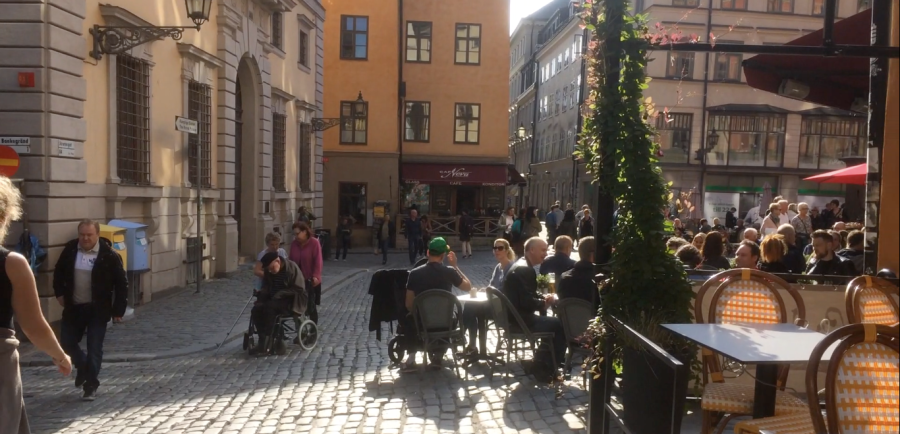An update from the Future of Places Research Network

It has been almost forty years since William H. Whyte published his groundbreaking The Social Life of Small Urban Spaces, based on field research that he and his colleagues did in the previous decade. Since then, many more researchers have investigated public space as a topic. (On Google Scholar, a search on the term “public space” produces 617,000 hits; by contrast the term “urbanism” produces 360,000 hits.)
Yet it has been only recently that public space has come into its own as a proper subject of research. That’s because public space is a broad inter-disciplinary topic, and most investigations have focused on some narrower aspect of public space – for example, the economic exchanges that happen there, or the different ethnic groups that are present, or other topics from economics, anthropology, public health, or other fields.
But precisely because public space is a cross-cutting disciplinary subject, it has the capacity to provide a lens on how many of these other issues are connected. For example, how do different ethnic groups benefit economically from access to public space? How does public space offer health benefits to different ethnic communities – and how does that in turn provide economic benefits to the wider community? How is public space connected to other urban issues like social interaction, walkability, ecological benefits, and so on?
The connected web of issues surrounding public space is now more prominent than ever, thanks to the United Nations’ “New Urban Agenda” – a policy framework that has been adopted by consensus by all 193 member states of the UN. The document, an outcome of the Habitat III conference in October 2016, contains no less than eight separate paragraphs that emphasize the central importance of public space. Among them are paragraphs dealing with socio-economic development and inclusion, reduction of sprawl, access to affordable housing, promotion of walking and cycling, urban resilience and climate change, and safety and crime reduction.
Growing out of their collaboration in the Habitat III conference, the Ax:son Johnson Foundation and KTH Royal Institute of Technology launched the Center for the Future of Places in January 2017, and its adjunct Future of Places Research Network (sponsors of this blog). Our purpose is to identify, compile and make available research on public space, particularly as it relates to the New Urban Agenda, but also addressing other aspects of current urban challenges.
As part of that effort, we are also developing a database of public space research, working with our colleagues. Currently we have approximately four hundred papers in the database, mostly focused on key findings of field research in public space. Our colleagues in the effort are already accomplished researchers in the field, including Setha Low (Professor of Anthropology and Environmental Psychology at City University of New York, and Director of the Public Space Research Group there), Vikas Mehta (an accomplished author and researcher on public space, and a professor at the University of Cincinnati), and David Brain (Professor of Sociology at New College Florida, and a practitioner and activist). Other researchers in the network are reviewing papers, suggesting additions, and helping to identify gaps in the research.
It is this ability to identify gaps in the research that might be the most useful outcome of the project. As we work to apply the findings to specific implementation projects, these “research lacunae” will be easier to spot, and can then become the subject of new commissioned research. The ultimate goal is a robust and useful resource for the development, management and improvement of public spaces around the world.

Following keenly,.I’m considering writing a dessetation research on accessibility of public spaces. Looking forward.
LikeLike
I am just about to defend a dissertation about the interdisciplinary nature of public space from design and public administrative perspective. I look forward to reading more about this as I look at expanding my research in the future.
LikeLike